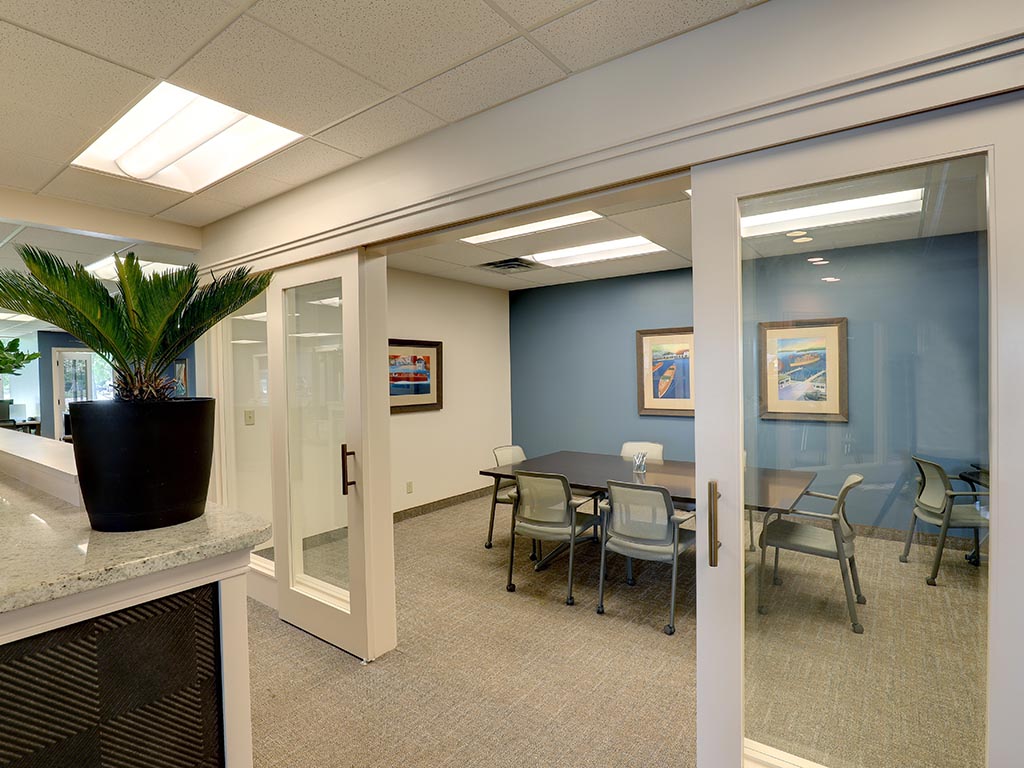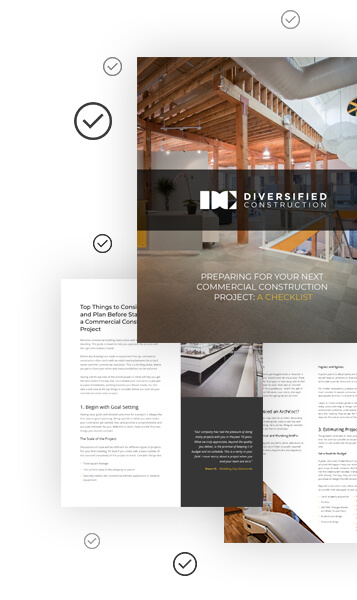What is Retrofitting?
While many are familiar with the concept of renovation, fewer might recognize the term "retrofitting." While it might seem akin to renovation work, retrofitting focuses less on enhancing a structure’s aesthetics and more on boosting its functionality.
Retrofitting refers to the process of integrating new technologies or equipment to make a structure more efficient and adaptable to current needs. The primary purpose of retrofitting is to upgrade the current facilities of a structure without completely replacing it.
In this article, we'll peel back the layers of retrofitting, offering a comprehensive guide to everything you need to know. Keep reading to learn how this process can transform structures for the better.
Road Map to Retrofitting a Structure
Retrofitting, at its core, is all about updating and improving. While some minor adjustments or renovations might seem straightforward, retrofitting often demands a deep understanding of structural integrity, modern standards, and innovative solutions. Before diving into the thick of it, understanding the steps involved is crucial. Here's a roadmap to help guide those considering retrofitting their structures:
1. Identify Areas of Improvement
Begin by assessing the current structure. This will involve pinpointing areas of operation that are not performing at their best. Whether it's outdated HVAC systems, areas lacking in energy efficiency, or sections of the building that simply aren't meeting modern engineering standards, identifying these spaces is the first step.
2. Data Analysis
By conducting thorough data analysis, you can gain insights into the most critical areas that demand attention. Depending on the structure, this may involve geotechnical surveys, building condition assessments, or energy audits. Use the gathered data to pinpoint exact issues and areas that would benefit from retrofitting. This step ensures that your retrofitting efforts are data-driven, targeting the areas where upgrades will have the most significant impact.
3. Planning and Design
To transform your retrofitting vision into reality, it's crucial to craft a comprehensive plan. This plan should include clear objectives, detailed designs, a defined timeline, estimated budgets, and foreseen challenges. By constructing such a meticulous roadmap, you ensure that every step taken aligns seamlessly with the ultimate goals and that potential obstacles are anticipated and managed efficiently.
4. Implementation
Before diving into the task at hand, emphasizing safety is paramount – establish and strictly follow the essential protocols. Continually monitor the project's progress, ensuring that it aligns with predetermined standards and designs. Furthermore, consistent communication with your contractor will provide insights into the project's details and any unforeseen challenges that might emerge.
5. Post-Retrofit Evaluation
After completion, it's imperative to run tests on the updated systems to affirm their functionality. Engage with those using the new areas or systems to gather valuable feedback, which can guide any additional refinements. As a finishing touch, chart out a maintenance trajectory, ensuring that the new upgrades remain optimized for the long run.
Hiring a contractor early on in the process, like Diversified Construction, ensures the retrofitting project is handled professionally, avoiding potential pitfalls and ensuring maximum return on investment. A reputable contractor brings expertise, experience, and a network of skilled professionals to implement the design plans and address the unique challenges presented by retrofitting.
Types and Techniques of Retrofitting
The techniques employed in the retrofitting process can vary widely, depending on the structure's existing conditions and the desired outcomes. Let's delve into some of the most commonly adopted types and techniques in the world of retrofitting:
Energy Retrofitting: Given the growing emphasis on sustainability, energy retrofitting focuses on enhancing a building's energy efficiency. This can be achieved through window glazing, insulating walls, roofs, and floors, or upgrading HVAC systems to reduce energy consumption.
Building Envelope Retrofitting: The envelope, or the shell of the building, plays a pivotal role in determining energy consumption and comfort levels. Techniques here may involve enhancing insulation, sealing gaps to prevent drafts, and updating façade materials to better protect against the elements.

Roof Retrofitting: Upgrading roofs can not only enhance energy efficiency but also address issues like water leakage. This might involve adding a cool-roof coating, improving drainage systems, or integrating green roofing.
Foundational Retrofitting: In some cases, the very foundation of a structure might require fortification. Techniques can include underpinning, where additional support is added beneath the foundation, or soil grouting, which strengthens the ground upon which the building stands.
Historical Retrofitting: When dealing with heritage structures, retrofitting needs a gentle touch. The challenge is to upgrade the building's functionality without compromising its historical integrity. This often requires specialized techniques that respect the original architecture while seamlessly integrating modern amenities.
Retrofitting is a multifaceted process, demanding a combination of modern engineering, respect for the existing structure, and a keen awareness of the goals at hand. Whether looking to enhance safety, efficiency, or both, understanding the plethora of available techniques ensures that any retrofitting endeavor is approached with knowledge and precision.
Advantages of Retrofitting
In an age where adaptability and sustainability take center stage, retrofitting offers a fresh perspective on how we approach our built environment. Rather than starting from scratch, retrofitting leverages what already exists and refines it for current needs. Here are some compelling benefits that retrofitting brings to the table:
Environmental Conservation: One of the most significant benefits of retrofitting is the reduced environmental impact. By reusing existing buildings and materials, we significantly reduce waste, conserve natural resources, and diminish the energy-intensive process of constructing new buildings.
Energy Efficiency: Modern retrofitting techniques are heavily geared towards making buildings more energy-efficient. Upgraded insulation, revamped HVAC systems, and the incorporation of renewable energy sources can drastically reduce energy consumption and lead to considerable cost savings.
Cost Savings: While there's an upfront cost involved in retrofitting, the long-term savings, both in terms of reduced energy bills and avoided maintenance costs, often outweigh the initial expenditure.
Preservation of Historical Structures: Many older buildings have historical or architectural significance. Retrofitting allows us to preserve these invaluable structures while equipping them with modern amenities and safety standards.
Increased Property Value: A retrofit not only enhances a building's functionality but also boosts its market value. Updated features, better energy efficiency, and improved safety standards make retrofitted properties more attractive to potential buyers or renters.
Adherence to Modern Safety Standards: Older buildings might not comply with current safety regulations. Retrofitting offers an opportunity to upgrade these structures, ensuring they are resistant to earthquakes, fires, and other potential hazards.
Retrofitting presents an opportunity to merge the past and the present, ensuring that structures are not just functional but also in tune with modern demands and standards. It's a solution that's both practical and forward-thinking, offering tangible benefits for today and ensuring readiness for the future.
Conclusion - What is Retrofitting
Retrofitting can be seen as a way to modernize older buildings, allowing them to meet modern standards without the need for a complete rebuild. It's an essential practice, especially in urban areas with older infrastructures, where tearing down and rebuilding isn't always feasible or economical.
Diversified Construction specializes in building and remodeling commercial projects, with over 60 years of business experience in the Twin Cities. Contact us today at 952-929-7233 if you’re looking to start a new project.

